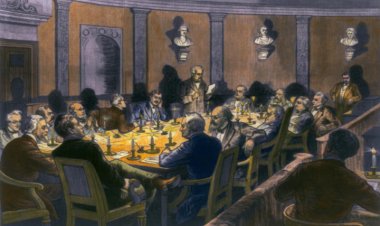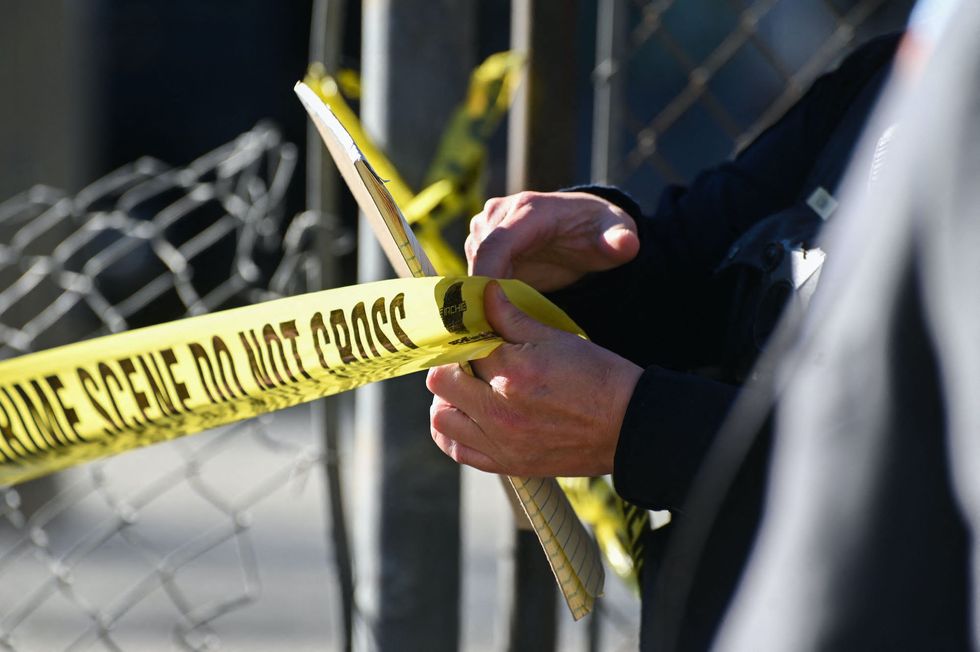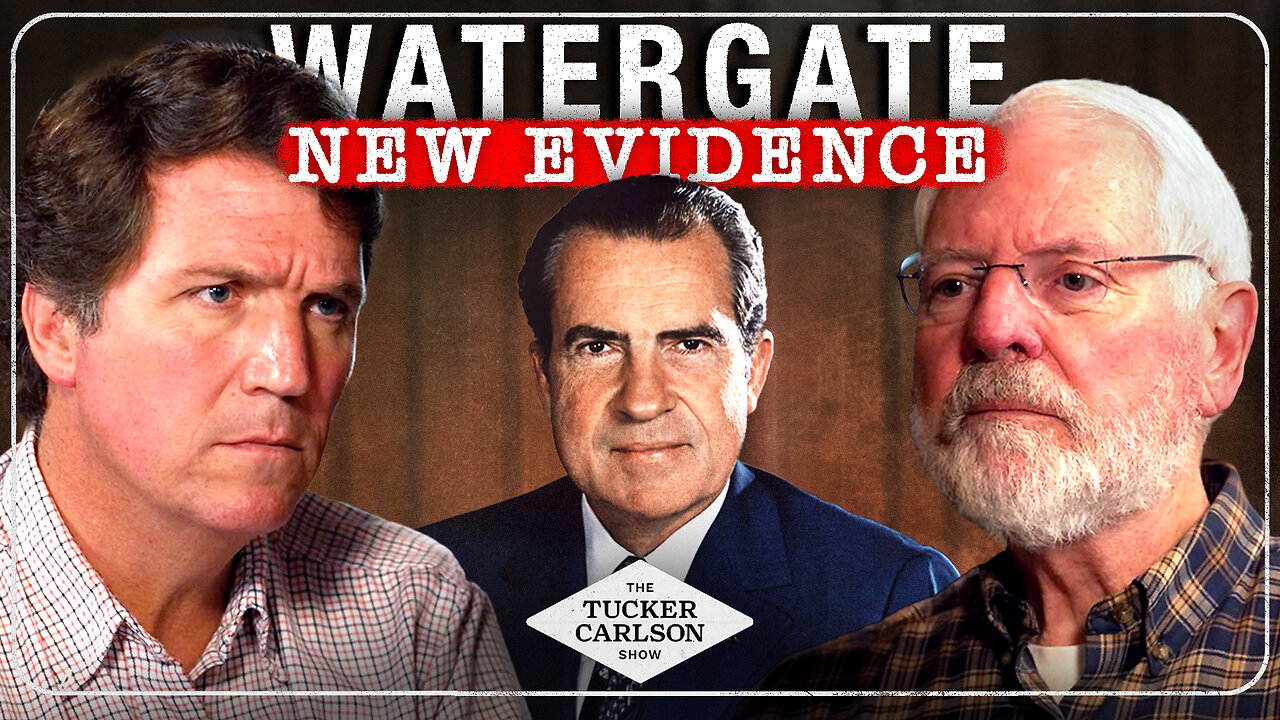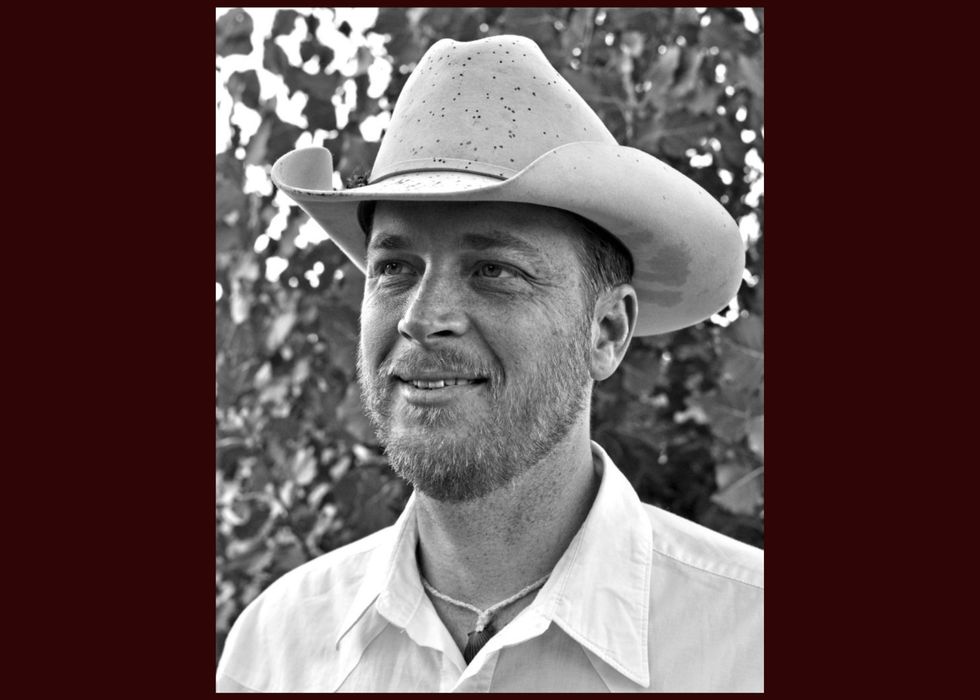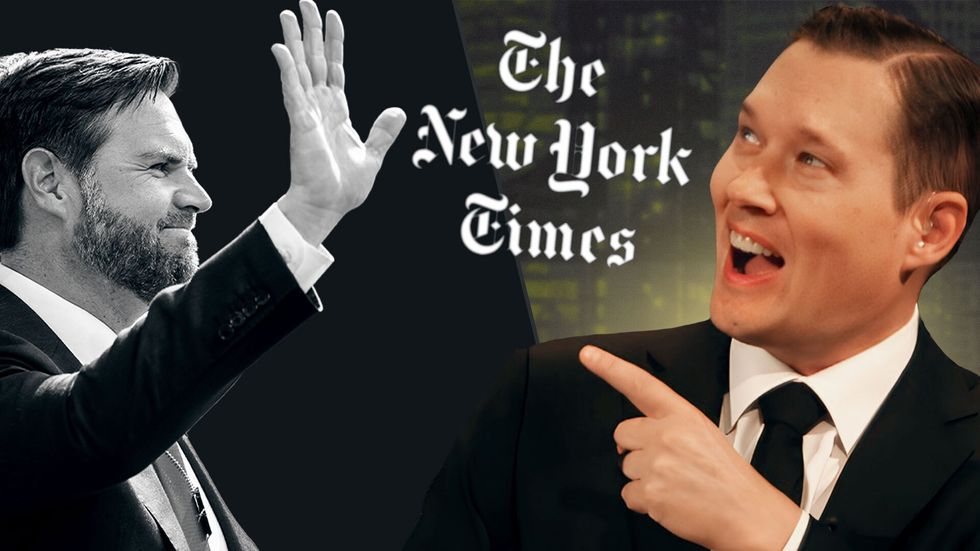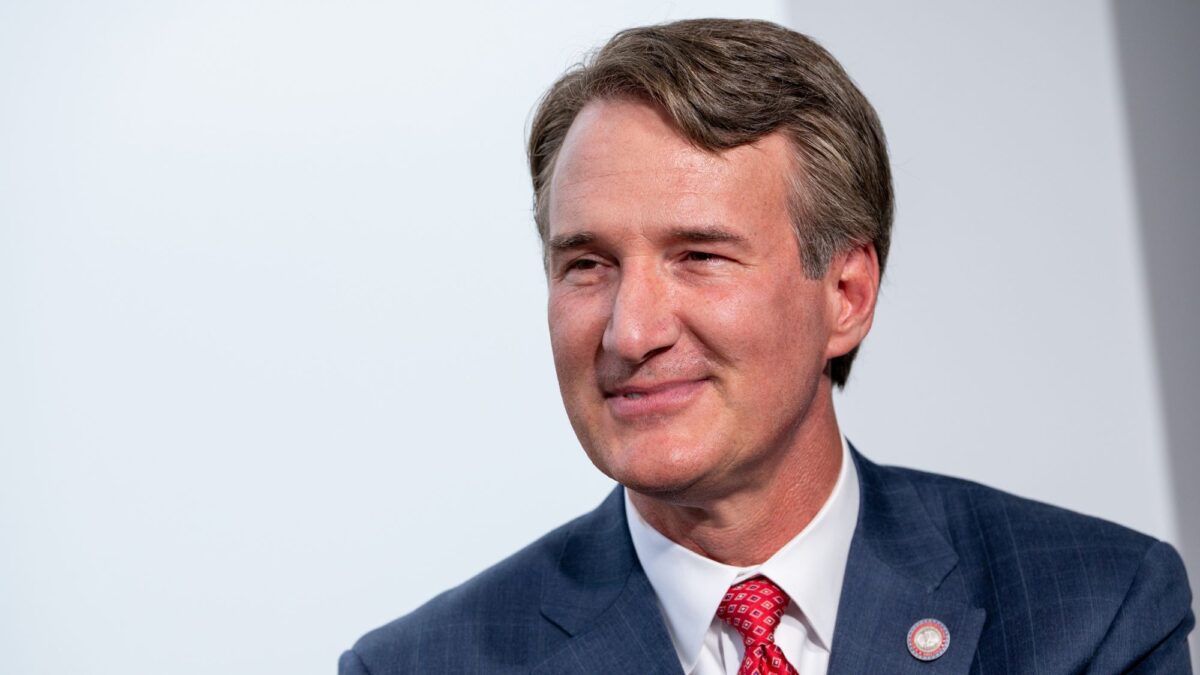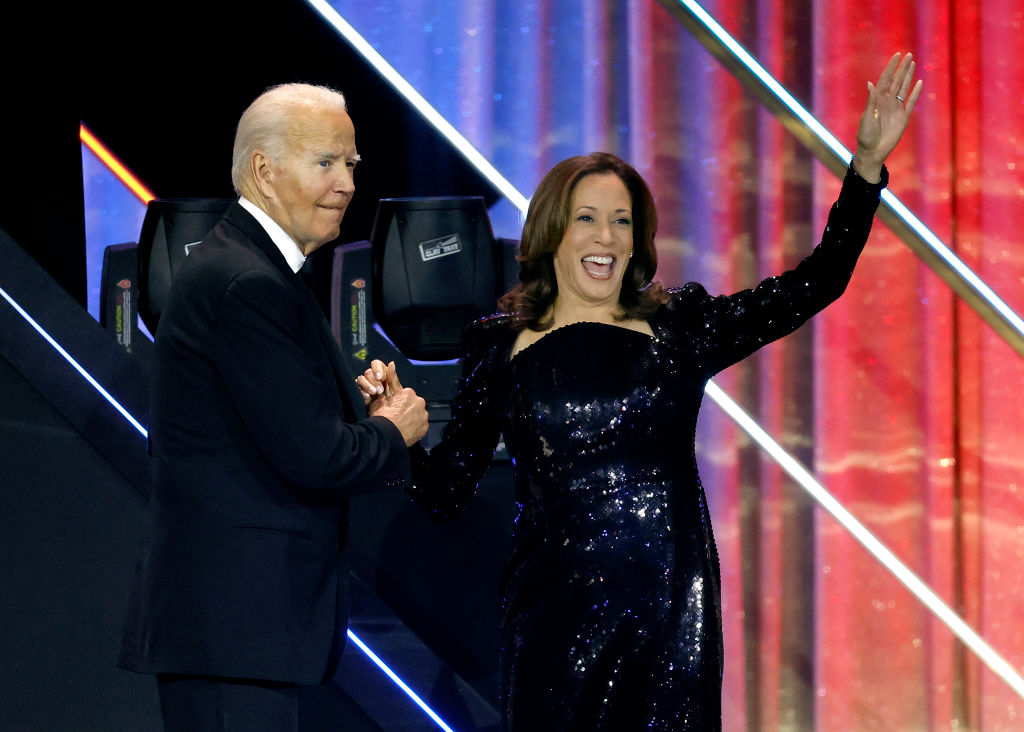A tale of 2 monuments
Comparing French Revolution vs. American Forefathers


In 1889, 135 years ago, to great fanfare, there was the “unveiling” (so to speak) of a very, very tall structure. In fact, at the time it was the tallest man-made object in the world. It was the Eiffel Tower, a magnificent monument to engineering. To this day, it is a landmark that defines Paris.
I’ve been there a few times. The view of the city from the top is terrific. But one shocking factoid about this steel structure is that the original purpose of its creation was to celebrate the 100th anniversary of the French Revolution.
That’s amazing. To celebrate the French Revolution? To celebrate the rivers of blood and the death and misery unleashed by the French Revolution? However idealistic their aims may have sounded, by beginning on a godless, explicitly anti-Christian foundation, the French Revolution is a testament to the sinfulness of man – not his glory.
I would have thought that the French had long outgrown their anti-Christian French Revolution, but they still celebrate Bastille Day as a national holiday. And just recently, they celebrated the opening of the Olympics with a mock, blasphemous Last Supper – back to the Christian-bashing.
When faced with pushback from people all over the world, the officials offered a weak “apology” and even said that their goal of this opening ceremony was “inclusion.” Inclusion? I guess that means inclusion of all but the 2.5 billion Christians the world over.
Meanwhile, also in 1889, there was another tall structure that was “unveiled.” This one is in the United States. In fact, it is in what is called “America’s Home Town,” Plymouth, Massachusetts.
It’s called the National Monument to the Forefathers. Kirk Cameron made a documentary film about it – “Monumental.” The Plymouth monument includes a gigantic sculpture of a lady reaching up to the sky. She is called Faith, which was at the heart of the Pilgrims’ odyssey.
The 81-foot tall Forefathers Monument (formerly known as the Pilgrim Monument), the largest granite statue in America, was dedicated 135 years ago this month.
There are two very competing visions represented in these two tall structures, both dedicated in 1889, with two very different visions for society. And God is at the heart of that difference. The French view was anti-God. The American one was pro-God.
In a recent column, I wrote of the depths of the anti-Christian aspects of the French Revolution, in which they even declared war on the Church.
In contrast, the Pilgrim legacy was pro-God, and they ended up helping to lay the foundation for what would become the United States of America – a constitutional republic that has proved to be a model for other countries, as one nation under God. Not perfect, but successful nonetheless.
The Pilgrims who settled in Plymouth, Massachusetts in 1620 were essentially one particular congregation of Christian separatists from England, who fled England to Holland about a dozen years before to escape intense persecution. They came to the New World to create a Bible commonwealth in order to worship God in peace.
They came in peace and made a treaty with the Indians that lasted 55 years – a treaty which outlived all its signatories. The Pilgrims dealt with one difficulty after another – including the fact that half their number died that first winter. But they thanked God through it all, and our annual holiday of Thanksgiving harkens back to their celebration.
269 years after the Pilgrims came, their descendants erected this enormous monument in Plymouth. Surrounding the tall statue of the lady Faith are four smaller (yet tall in themselves) statues that each represent some aspect of the Pilgrims’ story. They include Morality, Education, Liberty, and Law.
On a recent weekend, in an event celebrating the 135th anniversary of the Forefathers Monument, the keynote speaker was David Bradford, who was the great-grandson (x 12) of Governor William Bradford, who was the Pilgrims’ long-time leader and historian.
Others who spoke included Michelle Gallagher, author of a book on the Forefathers Monument; Dr. Paul Jehle and Col. John Eidsmoe – the leaders of the Plymouth Rock Foundation that sponsored the celebration; Leo Martin, founder of the Jennedy Center in Plymouth – and yours truly.
A beautiful symmetry to this recent celebration is that Dr. D. James Kennedy, founder of Coral Ridge Ministries, spoke at the 100th anniversary of the Monument. And 35 years later, its current president, Dr. Robert Pacienza, spoke in Plymouth that celebratory weekend.
The Pilgrims were a remarkable group, who blazed a trail for freedom for others to be able to come and live in freedom of conscience.
And how did it all begin? The Pilgrims summed it up in the Mayflower Compact, their agreement for self-rule under God. They came “for the glory of God and the advancement of the Christian faith.” No wonder we have enjoyed, overall, such national stability.
Content created by the WND News Center is available for re-publication without charge to any eligible news publisher that can provide a large audience. For licensing opportunities of our original content, please contact [email protected].
SUPPORT TRUTHFUL JOURNALISM. MAKE A DONATION TO THE NONPROFIT WND NEWS CENTER. THANK YOU!
Originally Published at Daily Wire, World Net Daily, or The Blaze
What's Your Reaction?








